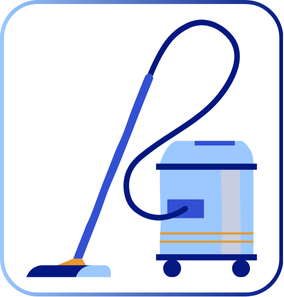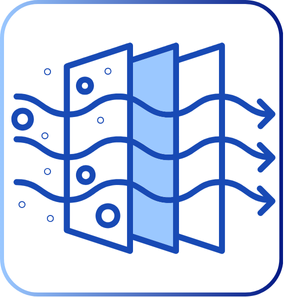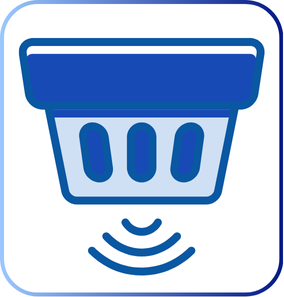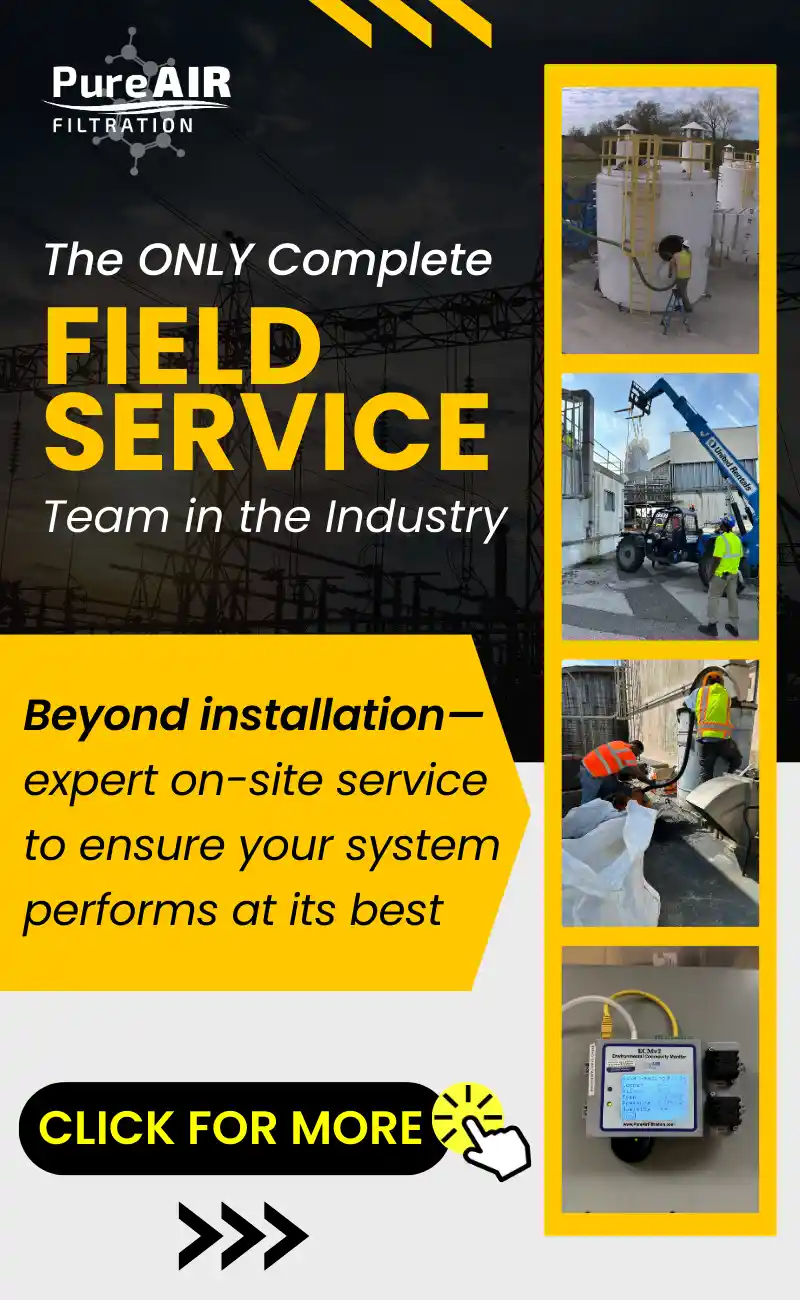Breathe Better: How You and PureAir® Can Improve Indoor Air Quality Together
October is National Indoor Air Quality (IAQ) Awareness Month, a time dedicated to recognizing the importance of clean air in our homes, workplaces, and in public spaces.
With most people spending around 90% of their time indoors, maintaining high IAQ is essential for both well-being and productivity. Poor IAQ can contribute to various health issues, from respiratory problems to more serious diseases.
In this article, we’ll explore how you can improve IAQ at home and highlight how PureAir® is dedicated to enhancing air quality in diverse environments.
Why Indoor Air Quality Matters
Indoor air can contain numerous pollutants, such as dust, mold, volatile organic compounds (VOCs), allergens, and pollen. These pollutants not only irritate the eyes, nose, and throat but can also lead to more serious health conditions, such as respiratory diseases and heart conditions.
A well-known phenomenon associated with poor IAQ is “Sick Building Syndrome,” where occupants experience symptoms like headaches and dizziness while inside a building, which diminish when they leave. These symptoms are often attributed to factors like inadequate ventilation, chemical contaminants, and biological pollutants, all of which contribute to the decline in indoor air quality. Life with poor indoor air quality is becoming unsustainable.
Your Part: How You Can Improve IAQ
Improving IAQ starts with simple, proactive measures. PureAir hopes that IAQ Awareness Month inspires you to consider implementing these steps:

Regular cleaning in industrial facilities or commercial spaces plays a crucial role in improving indoor air quality. Dust, dirt, and other particulate matter can accumulate on surfaces, machinery, and within ventilation systems, leading to the recirculation of pollutants in the air. Routine dusting, vacuuming, and cleaning of equipment reduces these contaminants, preventing them from being inhaled by employees and visitors. Home cleaning can remove allergens like pet dander, dust mites, and pollen, all of which can reaccumulate quickly.

Proper ventilation removes stale, contaminated air and replaces it with fresh air, reducing the concentration of harmful pollutants such as dust, chemicals, and fumes commonly found in workplace environments. Ventilation systems, including exhaust fans and HVAC systems, prevent the buildup of moisture and mold, which can negatively impact both the structure and occupant’s health. By creating improved air circulation, the risk of respiratory issues is reduced and overall comfort is enhanced.

High humidity levels can promote the growth of mold, mildew, and dust mites, which can release harmful allergens and toxins. Conversely, overly dry air can lead to respiratory irritation and increase the spread of airborne particles. By maintaining optimal humidity levels—typically between 30% and 50%—buildings can minimize the presence of these pollutants, reducing risks to both equipment and occupants.

Air quality testing is performed to detect the presence of harmful pollutants such as volatile organic compounds (VOCs), carbon monoxide, dust, and other particulates that may not be visible but can significantly affect both humans and machinery. Tools like carbon monoxide detectors, VOC sensors, and air quality monitors provide real-time feedback on pollutant levels, allowing facility managers to take immediate action if unsafe conditions are detected. By monitoring air quality, home and business owners can make informed decisions to enhance their environment, ensuring compliance with safety standards.
PureAir Transforms IAQ with Unmatched Purification Technology
PureAir specializes in creating innovative solutions to improve IAQ across a wide range of environments, from museums and archives to airports, industrial facilities and more. By addressing common pollutants like odors, gases, and particulate matter, PureAir helps to ensure healthier and more comfortable indoor spaces.
Packaged Filter Unit (PFU)
The Packaged Filter Unit (PFU) is a compact, powerful air filtration system designed for environments like control rooms and data centers. It protects sensitive electronics from corrosion and ensures that indoor air remains free of harmful gases. Available in stationary and mobile models, the PFU is customizable to fit tight spaces and provides highly efficient filtration to remove more than 99% of damaging gases.
Side Access Housing (SAH)
The Side Access Housing (SAH) system offers horizontal airflow with a customizable design to fit various industrial needs. It is especially effective in environments like hospitals, archives, and office buildings. The system features quick-access doors for easy maintenance and high-efficiency filters to capture harmful contaminants.
Download Side Access Housing Brochure
Your Partner in Creating Cleaner, Safer Indoor Spaces
PureAir’s advanced filtration systems not only improve IAQ but also protect critical infrastructure, from preserving precious artwork in museums to ensuring safe environments in chemical treatment facilities. With a variety of chemisorbant media, PureAir effectively removes harmful gases specific to the affected environment, ensuring cleaner air.
By working together — through individual actions and by employing PureAir’s IAQ solutions — indoor environments that are safer, more comfortable, and better for overall well-being can be created and sustained.
Embrace National IAQ Awareness Month by taking steps to breathe better today.


